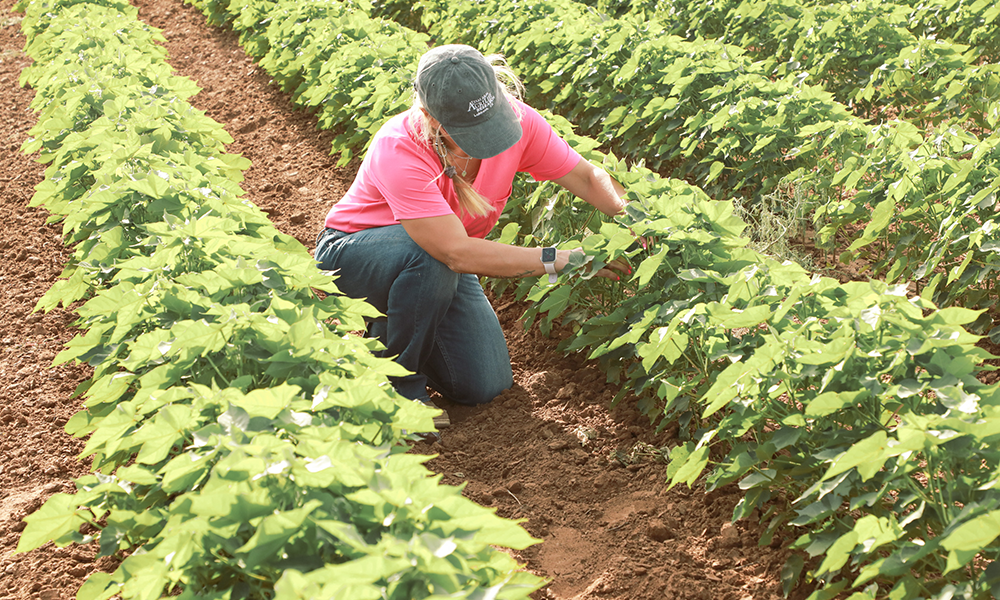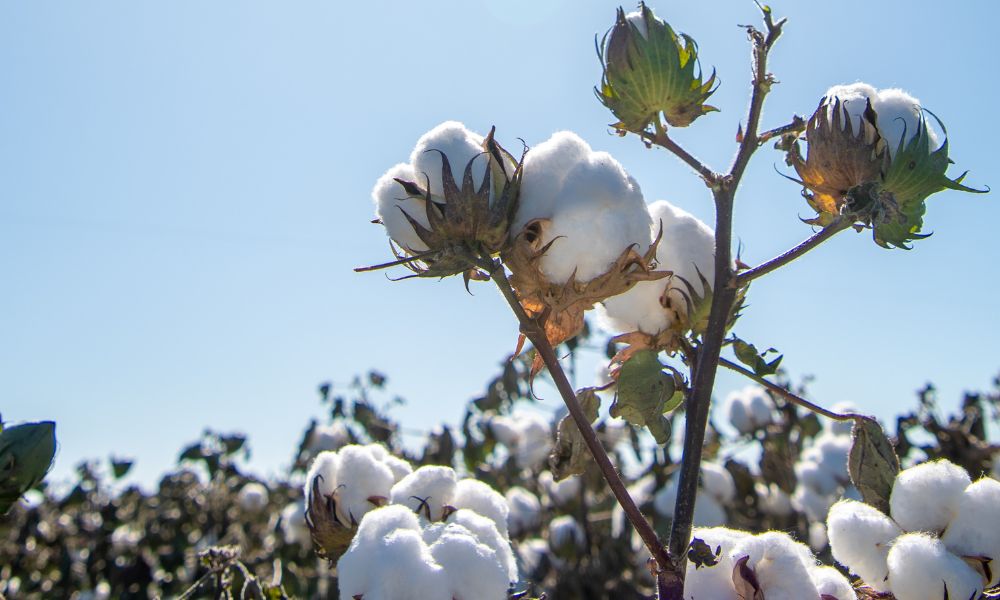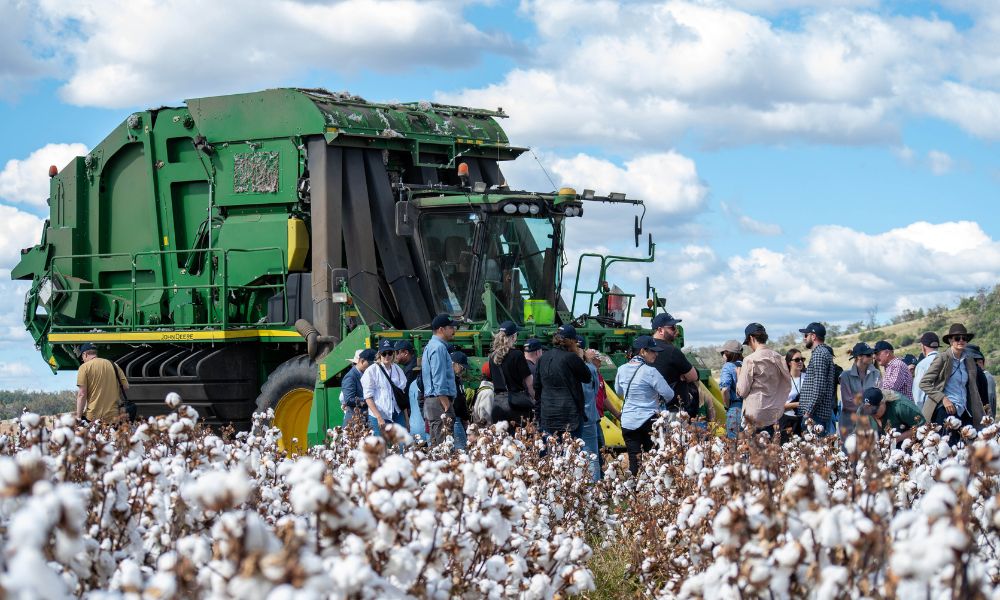Sustainable Soil Health Practices from a Grower’s Eye View
January 31, 2023
One U.S. cotton grower shares his story of adopting no-tillage, cover crops and precision agriculture.
Soil conservation benefits both crops and the environment in a myriad of ways—water use efficiency, higher yields, and better plant resiliency—but adopting the practices that support it requires a new kind of knowledge for many growers. Cotton LEADS visited Andrew Burleson on his farm in Richfield, North Carolina to talk through his experiences adopting sustainable agricultural practices like no-till, cover crops and precision soil monitoring.
Preserving Soil Health Benefits Crops Now and in the Future
Burleson notes that though these techniques mark a generational change, learning and growth are all part of building a better farm.

“I tell my children that if the answer seems really simple, you don’t know enough about the problem,” he says. “Farmers need to tell their story, but there’s a lot we’re still learning. And there’s a lot we’re going to continue to learn.”
 Burleson uses the winter to grow cereal rye and wheat on his farm, terminating them before his cotton spring planting. The resulting straw provides additional nutrients for his crop and protects the soil from direct sunlight throughout the summer months. One 2020 study found that combining this practice with no-till can also decrease soil erosion by 70% and increase lint yield by 1.6%.
Burleson uses the winter to grow cereal rye and wheat on his farm, terminating them before his cotton spring planting. The resulting straw provides additional nutrients for his crop and protects the soil from direct sunlight throughout the summer months. One 2020 study found that combining this practice with no-till can also decrease soil erosion by 70% and increase lint yield by 1.6%.
“Soil health is everything,” Burleson says. “It determines not only the quality of the product you can produce it makes it more resilient. If you have a weather issue—if the soil is in good condition—your crop is going to withstand that much better.”

Preserving the soil structure can also improve water infiltration, suppress weeds and decrease the need for fertilizer.
“There’s actually an enormous amount of living activity in the soil that we’re trying to maintain even in the off season when we’re not growing cotton,” Burleson says. “We want to maintain something growing on that ground for all those reasons.”
Precision Agriculture Helps Farmers Do More with Less

Burleson supplements these growing practices with precision agriculture technologies to GPS-track the soil health in specific sections of fields. He later compares those applications with crop yield maps to help him make more informed decisions on how to improve his cotton crops.
“We can overlay a yield map with the GPS data we collected with the soil sampling and applications and try to say: Did we do the correct thing? Do we need to correct our application maps?” he says.
The data specificity helps Burleson pinpoint exactly what kind of fertilizer or pH balances he needs where, so that he can minimize inputs while maximizing his crop yield and quality. He emphasizes that though he knows techniques like cover crops can make an outsized impact on the cotton industry’s environmental goals, sustainable cotton production has to help growers be profitable, or it isn’t truly sustainable.
“If brands or retailers came out to our farm, the first thing I want to tell them is we’re trying to be as efficient as we can because we’re trying to leave this to our families,” he says. “I’m proud of the cotton community and the work that they do. And we continue improvement. We’re continuing to grow better cotton, every year, with less.”
See more about Burleson’s efforts through his Stories, On the Farm video.















Recent Comments